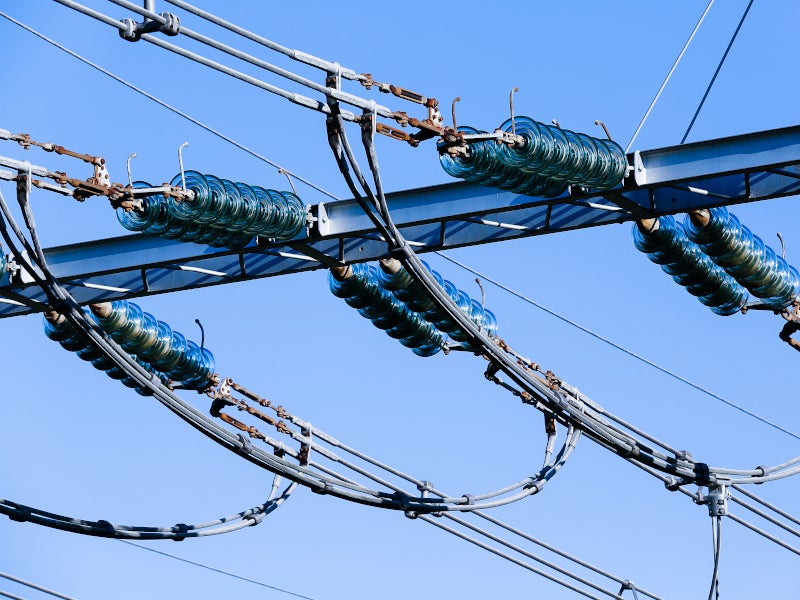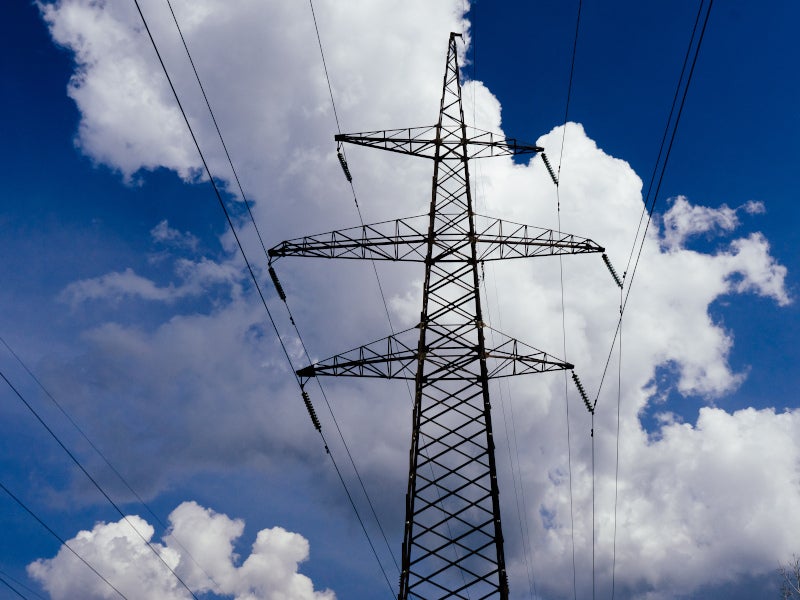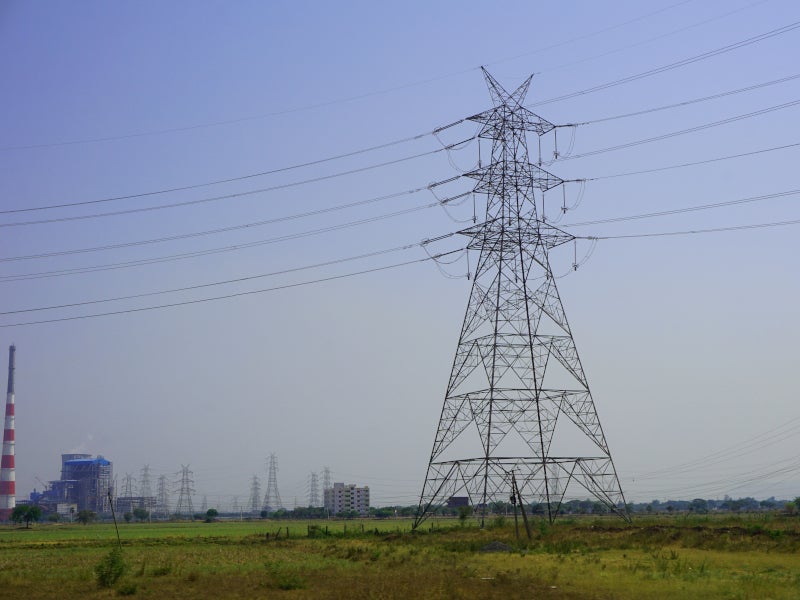The Matiari-Lahore transmission project is an 878km-long, 660kV high voltage direct current (HVDC) transmission line being constructed under the framework of China-Pakistan Economic Corridor (CPEC) as part of China’s Belt and Road Initiative (BRI).
It is the first HVDC line and the first private sector transmission project to be developed in Pakistan.
The $1.65bn (£1.2bn) transmission project is being developed on a build, own, operate and transfer (BOOT) basis by the State Grid Corporation of China (SGCC) through the special purpose company Pak Matiari-Lahore Transmission.
The implementation agreement (IA) along with the transmission services agreement (TSA) for the project was signed in May 2018, while the initial construction works were started in December 2018.
The construction works are in progress amidst the COVID-19 epidemic outbreak and the overall work was completed by more than 80% as of April 2020. The project is expected to be commissioned by March 2021.
The 878km transmission link will stretch from Matiari to Lahore and will be capable of transmitting up to 4GW of electricity. After 25 years of operations, the ownership of the transmission line will be transferred to the National Transmission and Dispatch Company (NTDC), a power transmission company owned by the Pakistani government.
Route details
The 660kV HVDC transmission line will stretch from Matiari in the province of Sindh to the Nankana Sahib district near Lahore, Pakistan.
In the province of Sindh, the line passes through the districts of Matiari, Sanghar, Khairpur, Sukkur, and Ghotki for a total distance of approximately 315km.
In the province of Punjab, the line passes through the districts of Rahim Yar Khan, Bahawalpur, Bahawal Nagar, Pak Pattan, Okara, Kasur, and Nankana for a total distance of approximately 551km.
More than 60% of the line route lies in desert areas in order to avoid settlement issues and conflicts associated with the securing of right-of-way.
Matiari-Lahore transmission line design
The Matiari-Lahore transmission link is a bi-pole HVDC line with two converter stations at Matiari and Lahore. The project also involves three repeater stations and two grounding electrode stations.
A total of 1898 self-supporting, uniformly spaced steel lattice towers are being installed, out of which approximately 681 towers are located in Sindh and the remaining in Punjab.
The Matiari converter station will be connected with multiple power stations being developed under the CPEC framework. The Lahore Converter station will connect to the new Lahore substation from where electricity will be transferred to the national grid.
Each converter station will have a valve hall equipped with thyristor valves, a control building, and an outdoor switchyard that houses the power transformers and harmonic filters.
Power supply for the Matiari-Lahore transmission line
The Matiari converter station will receive power supply from the Port Qasim power plant through a 185km-long 500kV AC transmission line and from the Hubco power plant through a 200km-long 500kV AC transmission line.
The Engro Thar coal power plant and the SSRL Thar Block-1 power plant will also be connected to the Matiari converter station through a 250km and a 275km AC transmission line respectively.
Contractors involved
China Electric Power Equipment and Technology (CET), a wholly-owned subsidiary of SGCC, is the main contractor and is executing the project through the special purpose Pak Matiari-Lahore Transmission Company.
SNC Lavalin, a Canadian engineering company, conducted the feasibility study for the project in 2013.
DECON International, a German engineering and consulting company, completed pile testing on pile foundations for the transmission project in April 2020.
King & Wood Mallesons (KWM), a multinational law firm headquartered in Hong Kong, acts as lead legal counsel to CET for the Matiari-Lahore transmission project.





